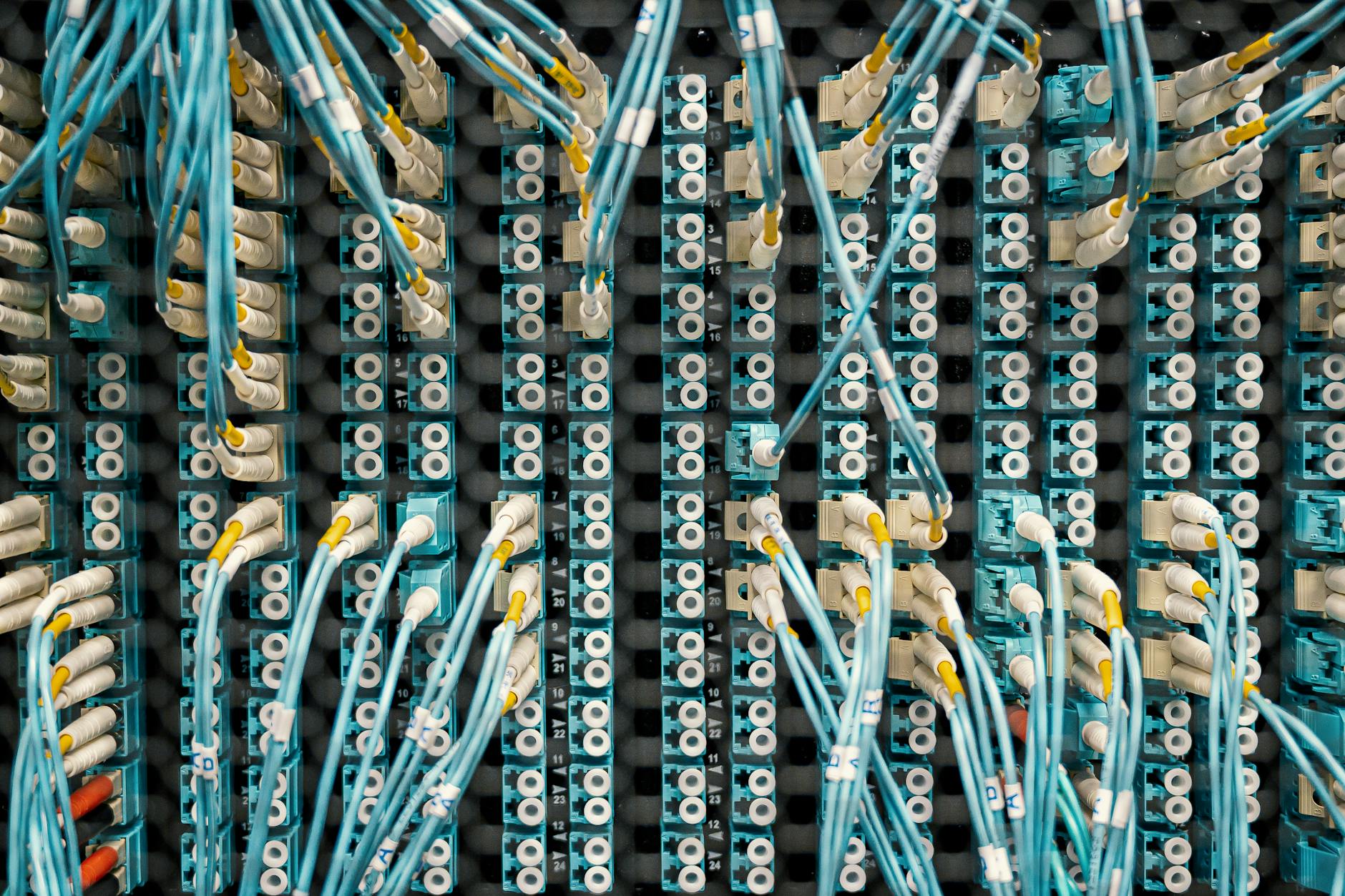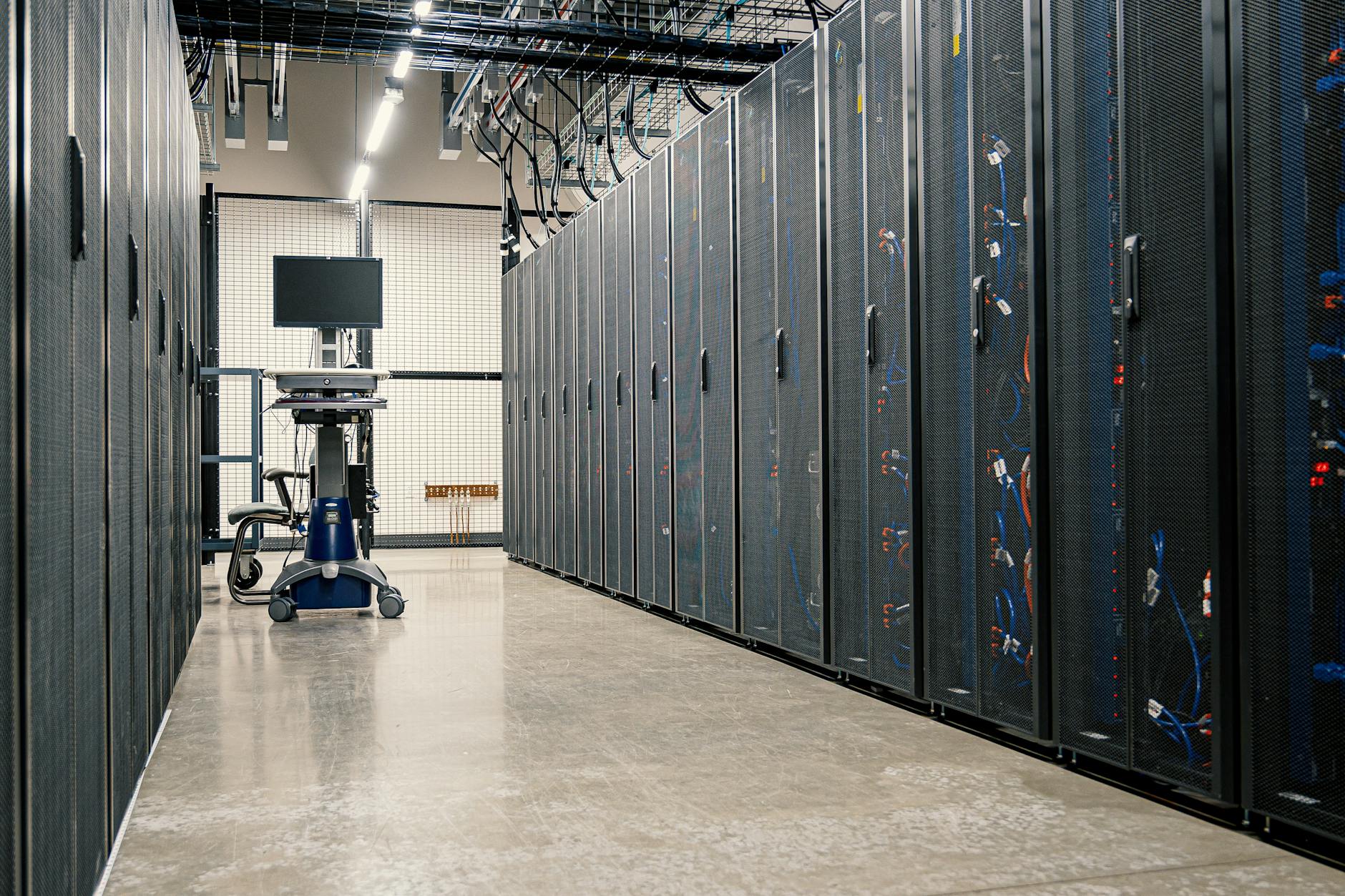Exploring Asia’s IPv6 Connectivity Status
IPv6 Adoption in Asia
Overall Progress in Asia
Let’s talk about how Asia is embracing IPv6! It’s clear that the region has picked up pace in making the switch. Back in 2015, the Malaysian Communications and Multimedia Commission (MCMC) laid down the law, telling all Malaysian ISPs they needed to offer dual-stack IP addresses to folks using their services. This rule set off a rocket under Malaysia’s IPv6 progress, pushing Telekom Malaysia (TM) right to the top in global IPv6 deployment ratings, according to the Internet Society (APNIC Blog).
Meanwhile, in Pakistan, the leap from absolutely nil in 2020 to hitting an 18% adoption rate by 2022 pretty much tells the story of how the country’s beefing up its IPv6 network. These stories paint a vivid picture of the shifting IPv6 scenario in Asia.
Challenges Hindering Adoption
But hey, it’s not all smooth sailing. Asia’s IPv6 uptake isn’t without its headaches. Some hiccups messing things up include:
-
Lack of Awareness and Training: A lot of organizations are kinda clueless about why IPv6 rocks, and not enough training means they lack the tech know-how to swap over from IPv4 smoothly.
-
Financial Hassles: Swapping to IPv6 ain’t cheap. The costs of jazzing up network infrastructure can be a serious hurdle, especially for smaller ISPs and companies.
-
Tech Troubles: Shifting to IPv6 isn’t like flipping a switch. It takes serious planning, testing, and rollout, usually needing dual-stack setups (a bit of IPv4 and IPv6 love) while folks transition.
-
Policies and Regulation Roadblocks: Different policies and regulatory hoops across Asian countries make it tough to have a unified IPv6 push.
Here’s a quick glance at some spots and where they’re at with IPv6:
| Country | IPv6 Uptake (%) | Bumps in the Road |
|---|---|---|
| Malaysia | Steady Climb | Money Issues, Tech Hurdles |
| Pakistan | 18 | Lack of Awareness, Policy Mix-ups |
| Other Spots | Mixed Bag | Regulation Woes, Financial Hassles |
To dig deeper into IPv6 adoption in Asia, wander on over to our sections on country specifics and check out how the Asian region is doing with IPv6. Tackling these challenges head-on is key to closing the loop and giving a boost to IPv6 adoption around here.
Leading Countries in IPv6 Implementation
We’re all about checking out Asia’s IPv6 connectivity status, but sometimes it helps to zoom out and see who’s leading the charge globally. Picking up on what the big hitters are doing with IPv6 can give us some neat ideas and tactics to try out.
France’s Leading Position
France is killing it with IPv6 adoption. According to Google’s stats, France is sitting pretty at the top with a whopping 75.02% IPv6 connectivity. This is a big pat on the back for their efforts to up their internet game and solve problems others still scratch their heads over.
What’s their magic formula? Well, it’s all about everyone chipping in. ISPs, the government, and tech pros have pulled together to make this happen, making sure IPv6 gets the red carpet treatment all across France.
| Country | IPv6 Adoption (%) |
|---|---|
| France | 75.02 |
Curious about how things are shaping up in particular spots? Swing by our piece on asian region ipv6 progress.
Germany’s Progress
Not too far behind, Germany is flexing its muscles in IPv6 too, holding down the fort with a 73.3% adoption rate. This massive uptake shows just how well German ISPs and the government have geared up to make networks future-ready and tackle the growing appetite for all things internet.
Germany’s playbook includes a few clutch moves:
- Nationwide campaigns to shout about IPv6 benefits.
- Sweet deals for ISPs making the leap from IPv4 to IPv6.
- Getting IPv6 all set in government and school networks.
| Country | IPv6 Adoption (%) |
|---|---|
| Germany | 73.3 |
Germany is definitely giving everyone else a run for their money, showing what’s possible if you’re ready to modernize your network scene.
For a peek at how the rest of the world stacks up, be sure to check out our sections on ipv6 penetration in asia and ipv6 infrastructure in asia.
IPv6 Status in Specific Countries
United States Trends
In the U.S., we’ve been watching some interesting patterns when it comes to IPv6, especially with mobile carriers. As per v6proxies.com, a whopping 80% of smartphones on the big cellular networks are riding the IPv6 wave, with T-Mobile USA leading the pack at a flashy 93%. Looks like it’s more popular on mobiles than desktops.
But, here’s a twist! There’s been a slide in overall IPv6 deployment. Back in 2019, the IPv6 capability sat at 56.49%, at least according to our pals over at APNIC. Nowadays, major U.S. networks are chilling at a 45.75% mark, thanks to the whole work-from-home gig during the pandemic (IPXO). The steep cost of ramping up the infrastructure and the learning curve for network techs is slowing things down too.
| Metric | Percentage |
|---|---|
| Smartphone IPv6 Usage | 80% |
| T-Mobile USA IPv6 Usage | 93% |
| IPv6 Capability in 2019 | 56.49% |
| Current IPv6 Adoption Rate | 45.75% |
Pakistan’s Advancements
Switching gears to Pakistan, there’s some good stuff happening on the IPv6 front. Pakistan, traditionally a bit late to the tech party, is now rolling out the red carpet for IPv6 in its internet setup.
Taking a peek into the regional scene through Asian region’s IPv6 progress, Pakistan seems fired up to tackle initial hiccups. Hard numbers are scarce, but you can tell the shift is on with more ISPs and businesses catching the IPv6 train.
Pakistan’s pulling out all the stops by doubling down on training and beefing up infrastructure. This includes teaming up with global players to shore up the skills shortfall in handling IPv6. With web traffic booming and the clamor for more IPs growing louder, IPv6 adoption is planting roots, promising better internet times ahead.
| Country | Trends |
|---|---|
| Pakistan | More ISP Adoption, Boost in Infrastructure |
For a deeper dive into what’s happening with IPv6 around there, check out more about ipv6 adoption in Asia.
These snapshots from various countries show both the steps forward and the hurdles in the broader theme of IPv6 penetration in Asia. Peeking into these chapters helps us paint a vivid picture of how IPv6 is shaping up on the world stage.
Global IPv6 Scene
Global Adoption Rates
IPv6 is picking up speed. Over recent years, we’ve witnessed a pretty noticeable uptick in how many folks are jumping on the IPv6 bandwagon. If you trust the numbers from v6proxies.com, by 2023, somewhere between 45-50% of the world was onboard. Imagine hitting that halfway mark globally by 2024!
Peeking into specific countries paints a clearer picture. Based on Google’s data, here’s a snapshot:
| Country | IPv6 Connectivity (%) |
|---|---|
| France | 75.02% |
| Germany | 73.3% |
| United States | specific % needed |
| Japan | specific % needed |
Curious about Asian countries and their game plan? Check out IPv6 adoption in Asia and take a look at the Asian region IPv6 progress.
Trends for 2024
Looking ahead, several trends are poised to shape how IPv6 will fare globally. According to v6proxies.com, there’s a mixed bag of influences here: legal pushes, a shortage of IPv4 addresses, and more gadgets than ever demanding an online link. But it’s not all smooth sailing. Tough infrastructure costs and the need for tech experts to get a handle on new skills have slowed things down in some areas.
Worldwide, by May 2024, IPv6 was available to about 44.33% of users. That’s according to IPXO. A solid showing, but not evenly spread. Smaller countries and networks that don’t have deep pockets are taking their time with the switch. However, with momentum clearly headed IPv6’s way, it’s pretty clear that we’re in the midst of a slow but definite shift.
For a deeper dive into global adoption rates, our IPv6 penetration in Asia section opens up even more. Don’t miss fresh updates on the infrastructure scene in IPv6 infrastructure in Asia.
Case Study: Telekom Malaysia’s IPv6 Deployment
Telekom Malaysia (TM) isn’t just dipping its toes into the IPv6 pool—they’re making waves in Asia! Let’s break down their game plan, triumphs, and the kudos they’ve earned, which are reshaping the IPv6 connectivity scene in Asia.
Initiatives and Strategies
TM kicked off their adventure with IPv6 way back in 2004, snagging their first slice of IPv6 subnet. Here’s a closer look at their moves:
-
Dual-Stack Rollout: Jump to early 2011, TM made sure every upstream and peer that talked IPv6 could dance with both IPv4 and IPv6, smoothing out the transition (APNIC Blog).
-
Local Servers for Fast Content: They pushed for content providers to park their servers right in Malaysia, speeding up delivery for local users (APNIC Blog).
-
Playing by the MCMC’s Rules: In 2015, TM was already ahead of the curve when MCMC told Malaysian ISPs to go dual-stack for their users. This led to a steady climb in IPv6 action (APNIC Blog).
-
Boosting Security with Automation: TM tackled the challenge of managing tons of devices by ramping up automation, working with regulators, and tweaking user landing pages to keep IPv6 in the spotlight.
Achievements and Recognition
TM didn’t just get a pat on the back for their IPv6 efforts—they hit it out of the park! Their work put them on the map as a heavyweight in global IPv6 deployment (APNIC Blog).
-
Trailblazing ISP in the IPv6 Scene: TM’s expertise and hard work earned them a spot among the global front-runners for IPv6 implementation.
-
Spike in IPv6 Use: After years of groundwork, TM noticed a big jump in IPv6 traffic as users and gadgets made the switch to this new protocol.
-
Winning Industry Applause: By sticking to MCMC rules and leading with industry benchmarks, TM got a thumbs-up for boosting Malaysia’s status on the IPv6 chart.
For more juicy details on IPv6 across Asia, check out our articles on ipv6 adoption in asia, asian region ipv6 progress, and ipv6 infrastructure in asia.
TM’s tale shows how smart planning and solid execution can up a country’s game on the global IPv6 stage. Their success story lights the way for other ISPs hoping to close the gap in internet protocol versions around Asia.













